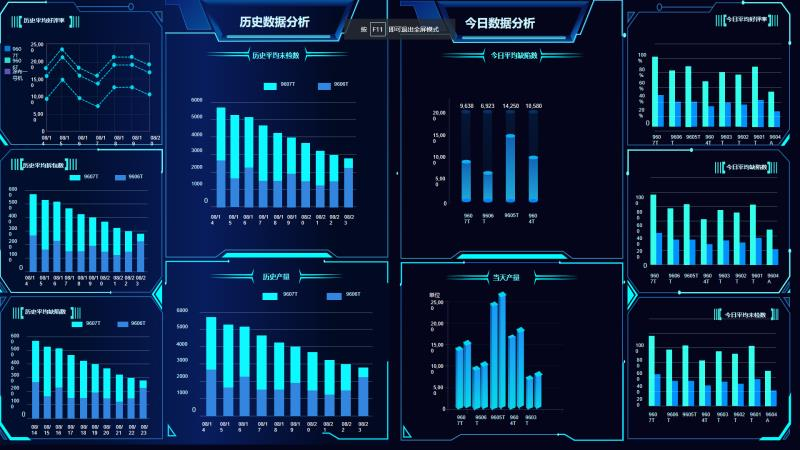
(1)Printing machine expert system
Based on big data analysis and data mining technologies, the system analyzes the relationship between product quality and production factors such as man, machine, material, method, and environment, and allows for the estimation of production quality and status, thus ensuring the most optimal and stable production status and contributing to higher production efficiency.

(2) Closed-loop quality control system
The closed-loop quality control system uses AI technology to rapidly analyze and process mass data, including data on raw materials, production environments, product inspection, and other aspects. By training machine learning models, it allows for more precise and accurate predictions of the production process, thus optimizing the entire workflow and enabling real-time monitoring and analysis. It contributes to the goal of reducing production costs, accelerating production cycles, and enhancing production efficiency.

(3)Deep learning-based defect classification and grading system
With the continuous development of deep learning algorithms, significant results have been achieved regarding their application in printing defect classification and grading projects. The classification effect of deep learning algorithms on universal test sets is obviously superior to traditional algorithms, providing a new solution for printing defect detection. Therefore, applying deep learning algorithms to the classification and grading of printing defects can help improve the quality and production efficiency of printed materials, while also reducing production costs and enhancing market competitiveness for enterprises. As deep learning algorithms continue to improve and evolve, their application in the field of printing defect detection will become more widespread and in-depth.


